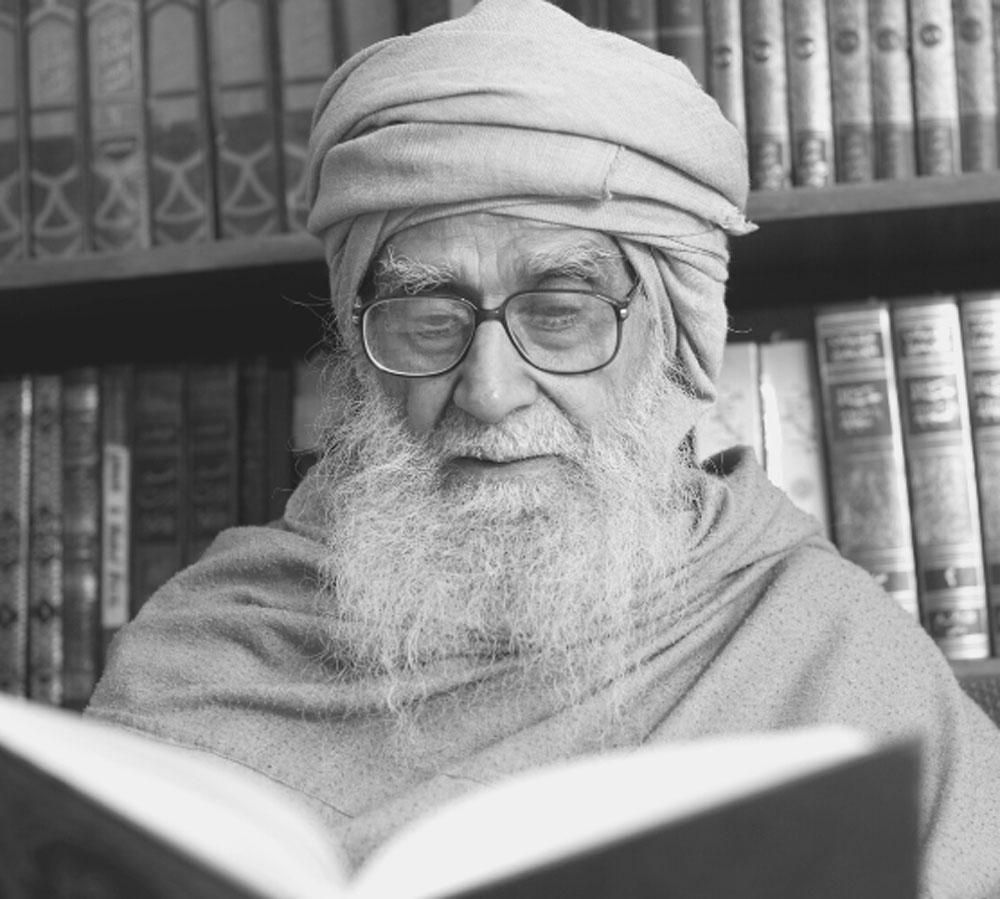A LEADER OF UNITY
Before his prophethood, when the Prophet of Islam was thirty-five years old, a significant event took place in Makkah. The matter was the reconstruction of the Kaaba. The structure built by Prophet Abraham and Prophet Ishmael had weakened over time. The Quraysh decided to rebuild it.
The first issue was dismantling the old walls. Everyone was hesitant, fearing that if they struck this sacred structure with a tool, some calamity might befall them. Finally, Walid ibn al-Mughīrah stepped forward with a pickaxe in hand in front of the Kaaba and declared: “O God, we have not deviated. O God, we desire nothing but good.” (Seerah Ibn Hisham, Vol. 1, p. 180)
After that, everyone joined in to take down the walls—keeping the original foundation intact. Ibn Ishaq narrates that during the excavation they found a stone with the following words inscribed: “Whoever sows goodness will reap admiration. And whoever sows evil will reap regret. Do you expect to do wrong and be rewarded with good? Just as grapes cannot be harvested from a thorn bush.” (Seerah Ibn Hisham, Vol. 1, p. 182)
Each clan of the Quraysh collected stones for the rebuilding, and construction resumed. When they reached the stage of placing the Black Stone (Ḥajr al-Aswad), a dispute arose. Since placing the stone was considered a great honour, each clan wanted the privilege for itself. Tensions escalated to the point where they were ready to fight. One tribe, the Banu ʿAbd al-Dar, even brought a bowl filled with blood and dipped their fingers in it, vowing to fight to the death.
Four or five days passed in this deadlock. Eventually, the people came to their senses. They all gathered in the mosque, discussed the matter, and agreed to resolve the issue fairly. (Seerah Ibn Hisham, Vol. 1, p. 182)
At the time, Abu Umayyah ibn al-Mughīrah was the eldest among the Quraysh. He suggested: “Let the first person who enters through the gate of the mosque tomorrow morning decide the matter.” Everyone agreed.
The next morning, the first person to enter the mosque was Muhammad. When they saw him, they said, “This is al-Amin (the Trustworthy). We are satisfied. This is Muhammad.”
They presented the matter to him. The Prophet said, “Bring me a cloth.” A cloth was brought, and he laid it on the ground. He placed the Black Stone in the center of the cloth and said, “Let each tribe hold one corner of the cloth. Then lift it together.” They did as he instructed. When they reached the designated place, the Prophet himself picked up the stone and placed it in the wall of the Kaaba. The construction was completed, and the issue was resolved peacefully. (Seerah Ibn Hisham, Vol. 1, p. 197)
This incident highlights two principles of unity:
1. The leader who serves as a unifying figure must be someone trusted and respected by the people in terms of character. People should view him as honest and trustworthy—someone they see as above personal interest. Without such a person, unity among people cannot be achieved.
2. The leader must be considerate of others. He should ensure that all parties feel included and that the benefits of unity are shared. A successful leader lives among the people as one of them, treating everyone with humility and fairness. His heart should be filled with goodwill for all. Though he leads, he considers himself equal to others. This is what defines a true leader.





